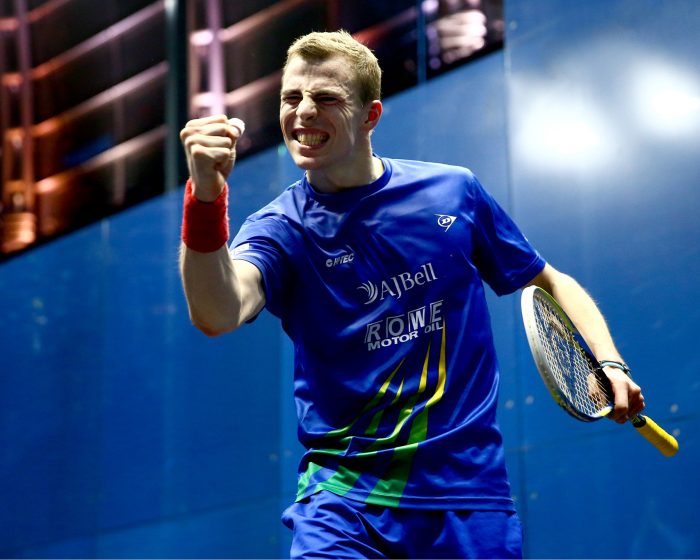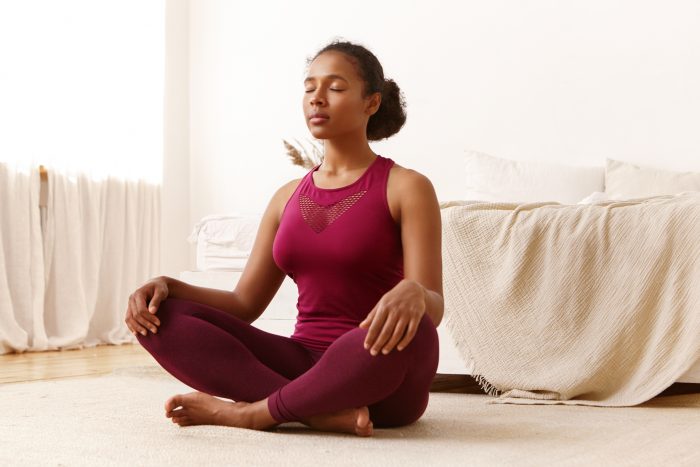Studies have time and again shown that our brains cannot tell the difference between an actual physical event and the vivid visualisation of that same event. When we experience something and when we visualise the same thing, we activate similar brain circuits. Being able to visualise effectively and to be taught how to do it in an easy and accessible way creates powerful habits that are transferred into performance.
Visualisation is like a form of mediation. Where it differs is that mediation is about being aware and paying attention to thoughts, feelings and sounds. Visualisation is a more directed practice bringing in images, scenarios and situations. Effective visualisation has been compared to watching a movie in high definition on a massive screen with a clear and precise sound system. Everything should be vivid with a lot of attention to detail including sounds, smells and emotional feelings. Even being as detailed as visualising the feel of what muscles are activating is recommended when performing a task or skill.
 A very good practice to start your visualisation journey would be to bring to mind one of your best performances ever. Take some time to really pinpoint this performance. Once you have done so then go through all the details of it including the arrival at the courts, the warm-up, the court you played on, the way the match went, your emotions and feelings and how it felt to play in such a positive manner. Nick Matthew was known to use this technique throughout his career and his results over the long term and his mental toughness were testaments to this.
A very good practice to start your visualisation journey would be to bring to mind one of your best performances ever. Take some time to really pinpoint this performance. Once you have done so then go through all the details of it including the arrival at the courts, the warm-up, the court you played on, the way the match went, your emotions and feelings and how it felt to play in such a positive manner. Nick Matthew was known to use this technique throughout his career and his results over the long term and his mental toughness were testaments to this.

After all, the brain is a live tissue that can be built up and toned through right exercises and these must be actively reinforced. During the good times, we strengthen ourselves and our bodies so that during the difficult times we can depend on it. It’s our armour plating. It doesn’t make us invincible, but it helps prepare us for when fortune shifts, and it always does.
Practical tips for visualisation
- Set aside 5-mins each morning for the next 14-days at least to practise visualisation
- Make it a habit to practise at a similar time of the day each day (ideally, first thing as you wake up or last thing before you go to sleep)
- Limit distractions so turn your phone to Do Not Disturb and try and advise people you live with of your practices
- Posture; be sure to sit comfortably, be upright and not slouching, hands on your knees, feet flat on the floor or legs crossed
- Natural and controlled breathing
Jesse Engelbrecht
Looking for ways to improve your mental game?
Then check out this series where Paul Assaiante, one of the most successful coaches in squash history, discusses the mental game and explains how you can maximise your potential in training and matches.
Watch now